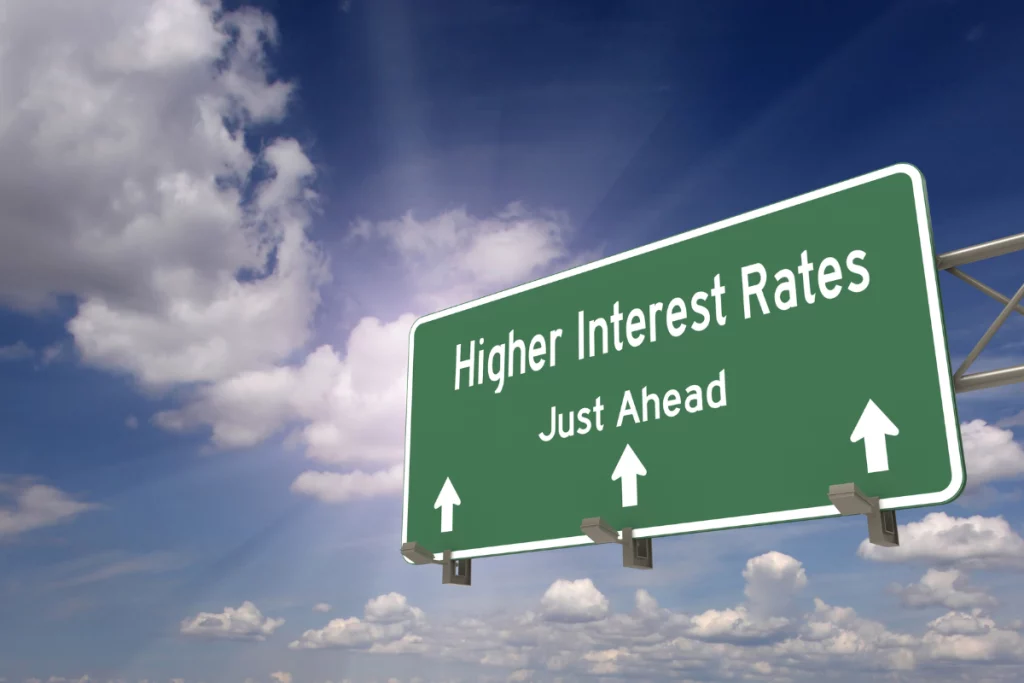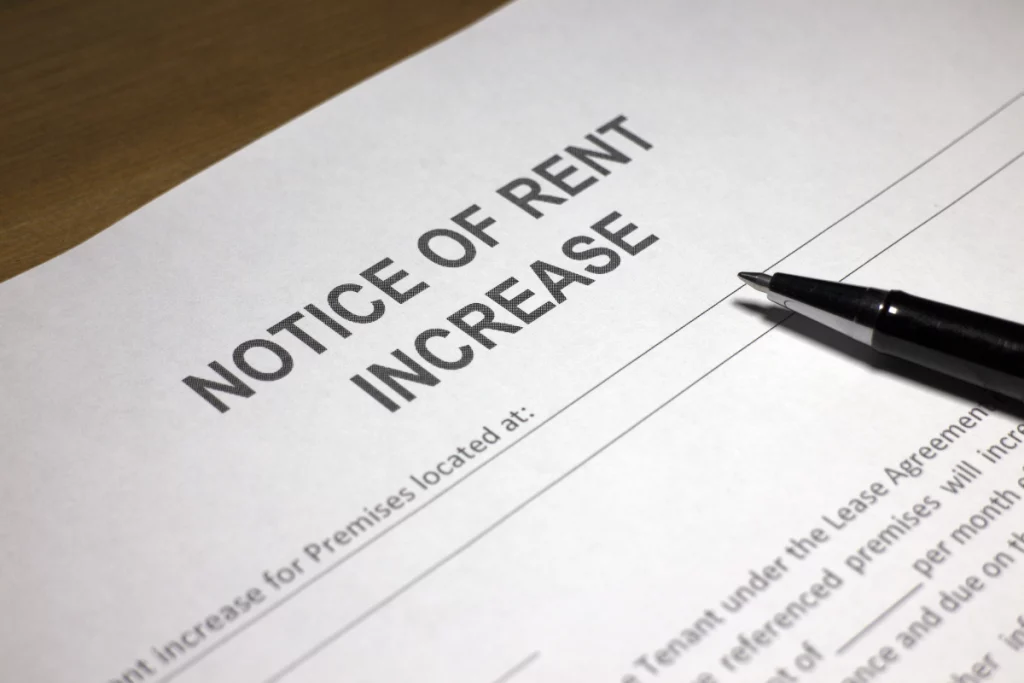There was a lot of chatter about negative gearing and housing affordability before this recent federal election. But nothing much has changed for property investors – or for affordability – with the May 2022 hand-over. History shows it never really does with an election in Australia, regardless of which party is voted in, which initiatives they announce and which rules or regulations they introduce.
Complex, longer-term trends are what shape property cycles, not elections. That said, you can rely on the market dipping as soon as the election date is announced and continuing to dip for the same period after the election. So with a 21 May 2022 election date announced six weeks prior, we knew to expect another six weeks of slow-down after the election.
I also believe that Labor’s Help to Buy scheme will boost the property market, the same as the HomeBuilders grant did in the past. Let’s talk about that.

The Help to Buy scheme
With Labor’s scheme, individuals earning up to $90,000 per year and couples with a combined income of up to $120,000 per year can enter into a co-ownership arrangement with the government. Eligible buyers get an equity contribution of up to 40% on purchases of new homes, and up to 30% on purchases of existing homes. The government then owns a portion of the property and can claim its equity and share of any capital gain if the home is sold. But homebuyers can also buy an additional stake in the property when they are able to do so.
If you’re a first home buyer, this is a great incentive to own a property. Which will inevitably increase the price of properties overall, even with the scheme’s limited places, its price caps and income caps. It’s great for us existing investors because as I’ve predicted before, we’ve got another three years of capital growth ahead of us and all this grant is going to do is stimulate the property market even further.
The experts making the decisions around interest rates will try and slow that trend. But it’s a fine balance between keeping people with mortgages at a place where they can afford to live, against trying to slow the property cycle.

Speaking of interest rate rises
Despite promises of interest rates staying put until 2023, it just wasn’t possible – not with the property cycle the way it is at the moment. Rising house prices needed to be stopped and interest rates are the easy fix. So we had a May 2022 interest rate rise during caretaker mode, to slow the property market a little bit. And now a second one announced on 7 June, to quell soaring inflation rates and normalise interest rates after COVID-19.
You have to remember though: it doesn’t take long for interest rates to come down, but it takes a long time for them to go up, especially after a couple of rate rises like we’ve had. The RBA is going to look around and see what’s going on with inflation – which is obviously rising – and they’re going to try and put a stop to that one way or another. But certainly, hitting the purses of those households that already have mortgages is not going to help with affordability.

Nothing much changes with rental affordability
Sure the Labor government is introducing the National Housing Supply and Affordability Council and the Housing Australia Future Fund. But these initiatives are based on putting new stock on the market. And building a new dwelling has a minimum 12 to 18-month turnaround before we see any product in the marketplace.
Whereas if we took just half of all investors who own two or more investment properties, and incentivised them to change their properties to co-living dwellings, that would be 500,000 houses in New South Wales alone. We could put 2.5 million new front doors in place within the next six to nine months, using existing housing.
You don’t need to build new properties if you can create policies to meet the demographic of Australian renters, the majority of which are singles or couples. For instance, instead of the HomeBuilders grant, governments could offer investors $25,000 towards converting their properties to co-living properties. We need these initiatives that shorten the timeframes, including bypassing councils and allowing for private certification.

What we’re facing into as investors
I mentioned that we’re heading into three years of further property growth, but we’ve also got almost zero vacancy across the country. I don’t think you see this marketplace very often, at least not since 1988.
How did we get here? When you’ve got a huge number of rentals in the market, rents stagnate which in turn pushes down property prices – until the rental market goes up and the rents get pushed up. Then people realise mortgage payments could be cheaper than renting, so they start taking up the available housing stock, and that pushes those prices up – but rents don’t drop. And so we have the seesaw effect we’ve experienced recently.
Normally it’s a two-tiered market, with a demand supply issue on one side only. But at the moment, we’ve got a supply issue on both sides – we don’t have enough housing, and we don’t have enough rentals for people to go into. It can only move in an upward direction when you’ve got pressure on the rental market and pressure on the supply market for housing.

Governments need to step up
Labor backed down from any negative gearing changes after losing the last election over it. But I’ll say it again: negative gearing makes no sense. You’re giving up one dollar so you can get 30 cents back.
What governments should be doing is stimulating the market away from negative gearing by creating policy that makes it advantageous for someone to positively gear a property. It’s in the government’s interests! Giving investors tax back costs taxpayers a ridiculous amount of money.
I’m not suggesting a sudden stop to negative gearing. That will prompt a whole bunch of property investors to dump their properties onto the market, because they won’t be able to claim their tax anymore. And that will de-stimulate the marketplace, like happened under the Hawke government in 1985.
But what about if we raised the land tax threshold for people who’ve got positively-geared properties, so they don’t have to pay as much land tax? Then we’d end up being a nation that’s striving to be positively geared. If fewer people are negatively gearing over time, it won’t have a dramatic impact on the marketplace. And it will give fans of positively-geared property the opportunity to buy properties at a reduced rate to get more cash flow, and then people will start to understand the sense in that that. And then we’ll be in a place where the market is stimulated even further.
One last thing: The federal government has always said it can’t create any policies or initiatives because the states control the housing markets. But they do give funding to the states’ housing markets, so surely they could dictate the policy that they need the states to initiate if they want to keep their billions in funding?
Watch this space.
Want to learn ho you can still get ahead with one of the best performing investment strategies in the Australian property market?
Join my upcoming webinar to learn how 7-11% positive cash flow returns are possible with co-living investments, HERE!





